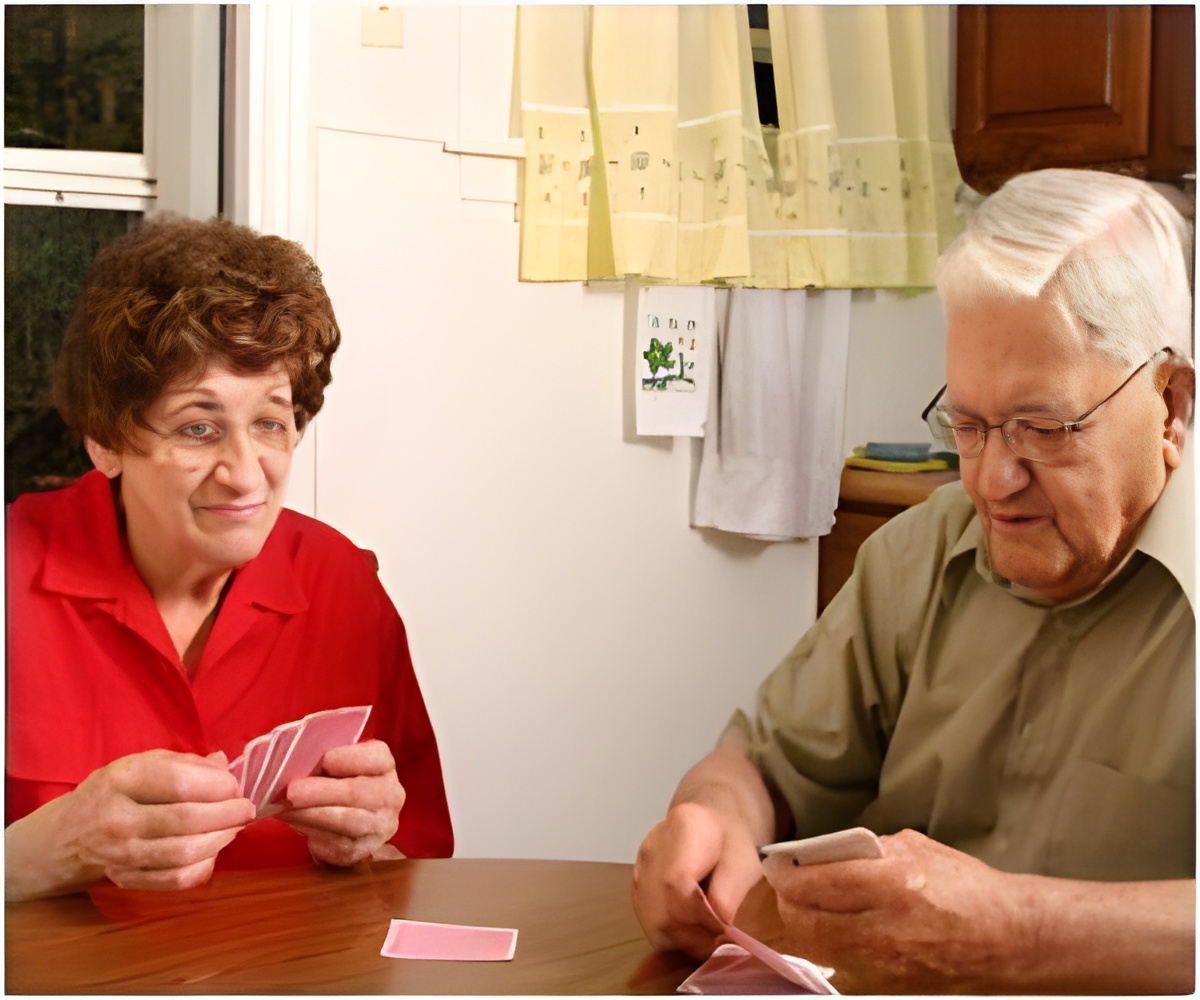A new US study has revealed that hospitalized elderly patients who take even short walks around a hospital unit tend to leave the hospital sooner than their more sedentary peers.

The monitor is an electronic device capable of counting every step the patient took.
"Using these monitors, we were able to see a correlation between even relatively small amounts of increased mobility and shorter lengths of stay in the hospital," said Steve Fisher, a UTMB Health assistant professor and lead author on the paper.
"We still found this effect after we used a statistical model to adjust for the differing severities of the patients' illnesses," he added.
Clinicians have long recognized the importance of getting patients with orthopedic or neurologic conditions up and walking as soon as possible, but no such 'standard of care' currently exists for older adults admitted for acute medical illnesses.
The researchers said their work could serve as a first step toward that goal and may also open the door to other improvements in hospital care for the elderly.
Advertisement
"When we hospitalize elderly people, we set up a paradoxical situation: you can have a positive outcome of the acute problem that brought them there, but still have negative consequences as a result of extended immobility," he added.
Advertisement
"This is very preliminary, but it's leading to a lot of questions right now that I think need to be answered," said UTMB Health professor and co-author Glenn Ostir.
"We know from other research that mobility is linked to older people's quality of life, independence, maintenance of healthy muscle mass, all these things. And so we need to look at this and say what is the impact of mobility in the hospital on the overall health of the older person once they leave the hospital," he added.
The study appears in the current issue of Archives of Internal Medicine.
Source-ANI










